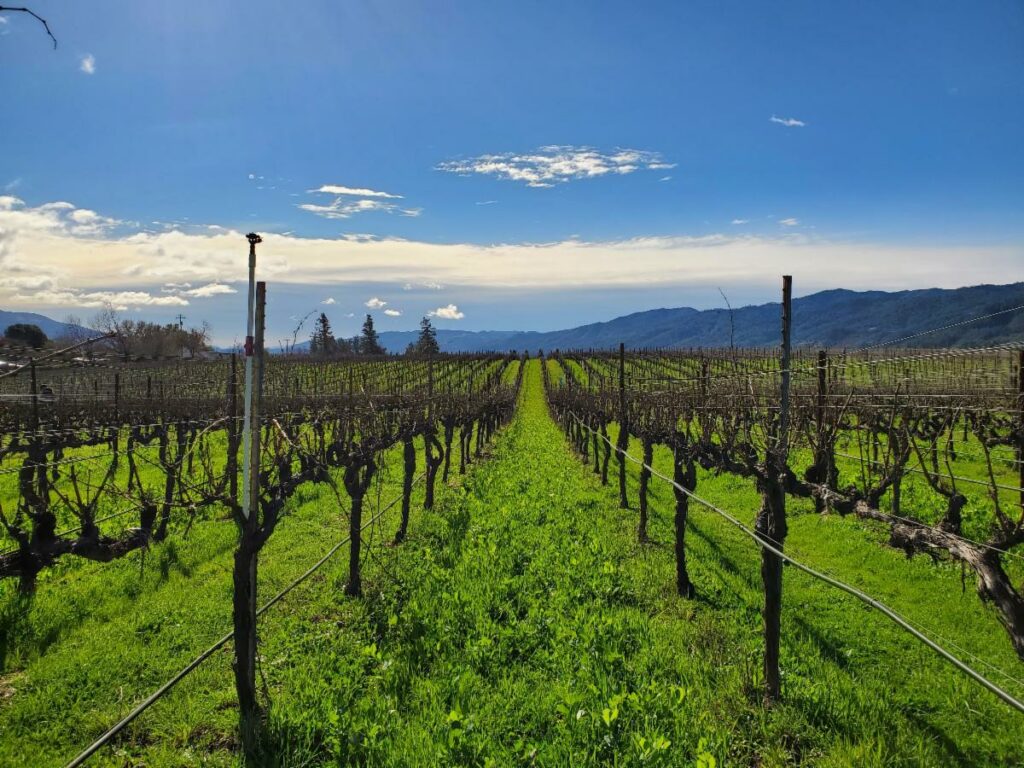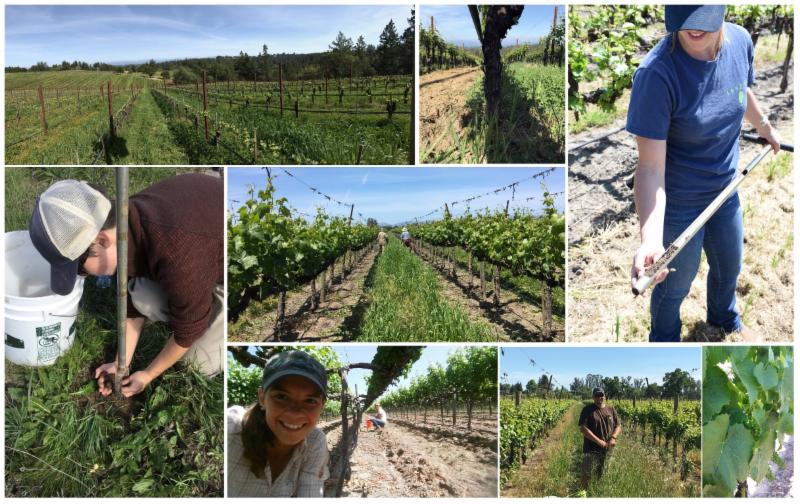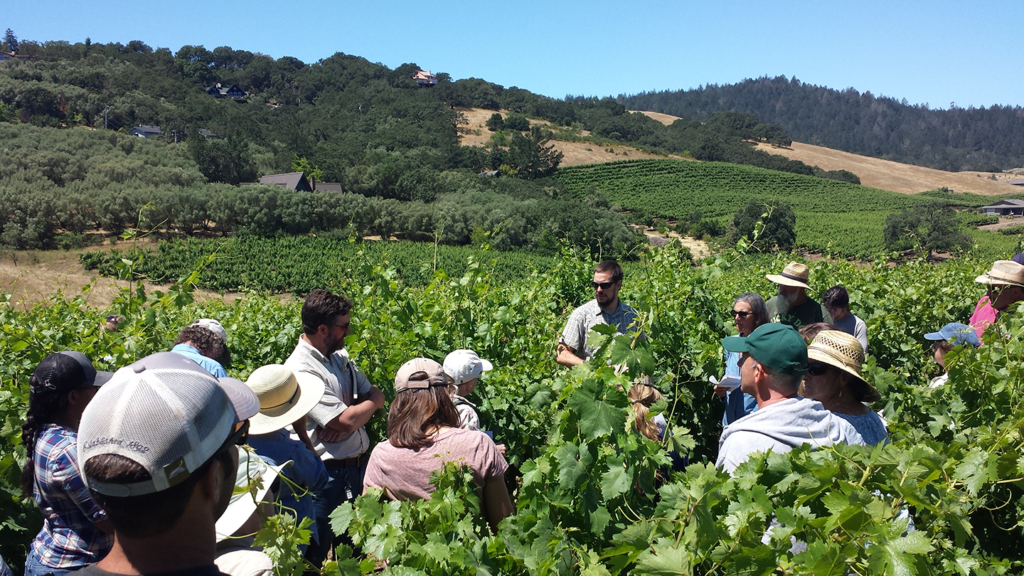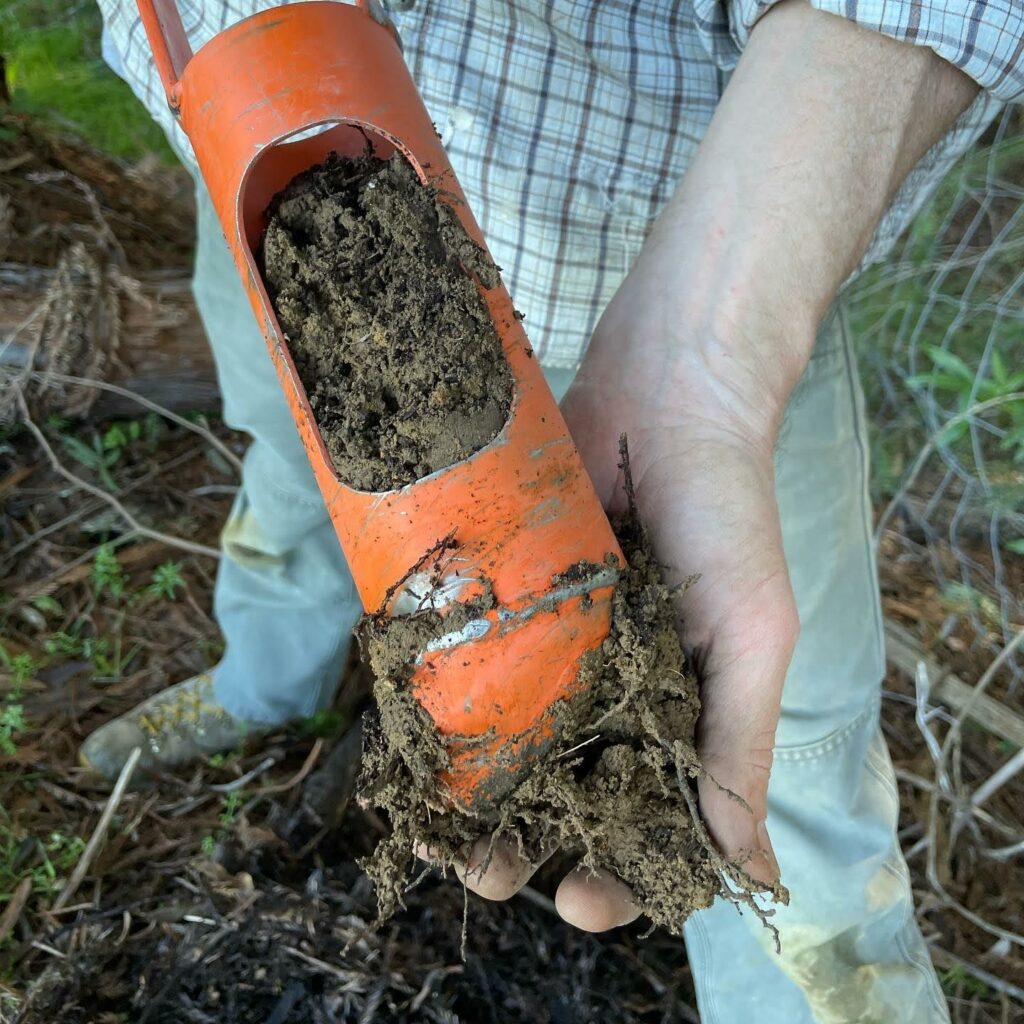
Field Trials and Demonstrations
The North Coast Soil Hub has supported establishment of field trials and regional demonstration sites to explore how management practices impact environmental health and model implementation of climate-friendly practices in vineyards.












